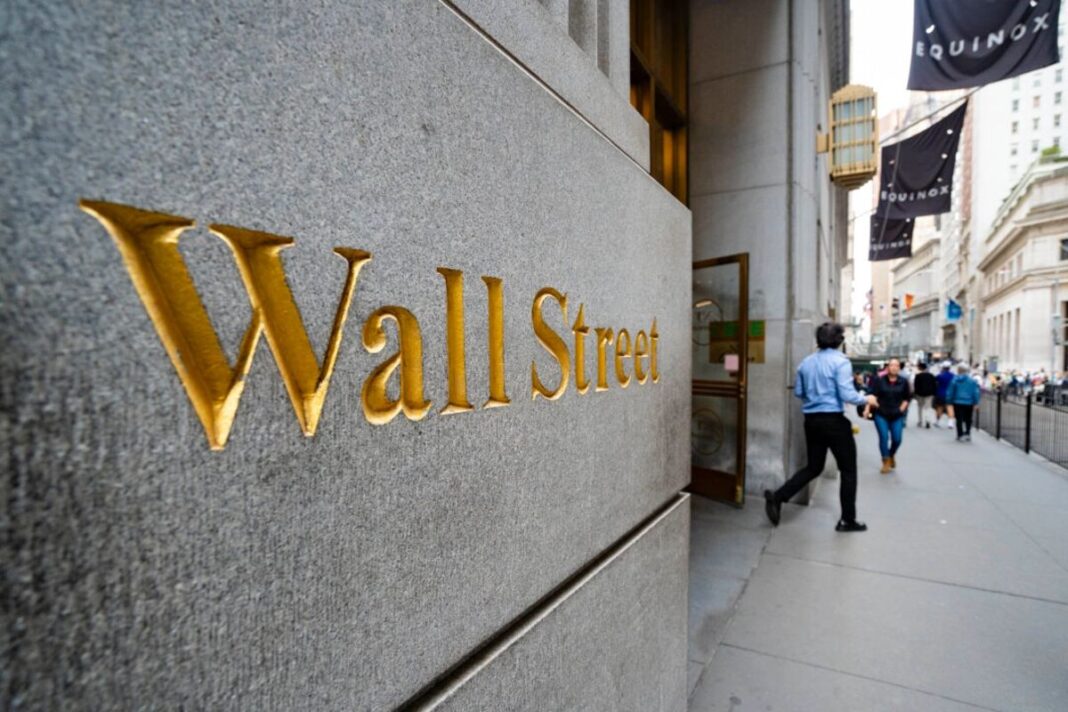Analysts expect the Federal Reserve to cut interest rates ‘as soon as this fall.’
After racing to all-time highs for a couple of weeks, U.S. equities retreated this week on profit-taking and confusion over the direction of the U.S. economy and monetary policy.
Solid earnings from technology giants such as Microsoft, Meta, and Apple failed to sustain the rally, as traders and investors chose to lock in profits rather than add to their positions. Meanwhile, mixed headlines on trade deals added to market volatility, as market sentiment switched from positive at the start of the week to negative by the end.
What seemed like another good week for the bulls turned into a celebration for the bears.
The S&P 500 Index closed at 6,238 on Aug. 1, down by 2.36 percent for the week and near the low of the day.
The Dow Jones Industrial Average lost 2.92 percent to finish at 43,588.
The technology-heavy Nasdaq Composite Index fell by 2.17 percent, to 20,650, still near the all-time high, while the Russell 2000 fared the worst, dropping by 4.17 percent.
A clear indication of the tug-of-war between bulls and bears during the week is a 36.5 percent spike in the CBOE Volatility Index (VIX), a measure of market volatility.
Wall Street opened the week higher on July 28, building on the previous week’s gains. Both the S&P 500 and the Nasdaq nudged to new highs following a trade deal between the United States and the EU over the weekend.
Adding to the positive market sentiment was an analyst upgrade of AMD, which gave another push to the semiconductor sector that has been leading the recent tech rally.
Another boost for market bulls came from higher energy prices, which helped oil stocks join the rally.
However, traders showed little conviction about the direction of the market ahead of key headlines on monetary policy due July 30, and the U.S. nonfarm payrolls report on Aug. 1.








